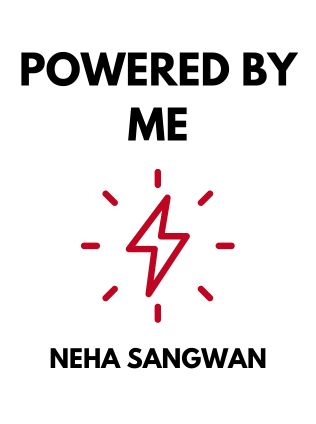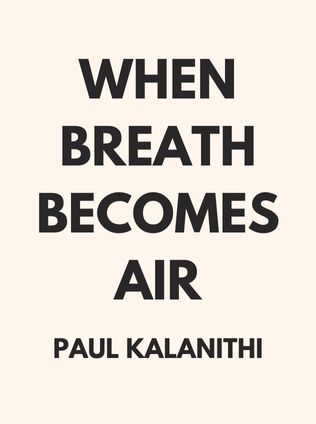
Powered by Me
From Burned Out to Fully Charged at Work and in Life
By Neha Sangwan
Published 09/2023
About the Author
Neha Sangwan, M.D., is a physician, communication expert, and author. She specializes in integrating effective communication with health care and stress management. With her extensive background in internal medicine and her passion for helping individuals regain control over their lives, Dr. Sangwan has dedicated her career to guiding people from burnout to a state of being fully charged. Her work emphasizes the importance of holistic health and personal empowerment, making her a leading voice in the field of wellness and stress management.
Main Idea
"Powered by Me: From Burned Out to Fully Charged at Work and in Life" by Neha Sangwan is a comprehensive guide designed to help individuals recognize and overcome burnout. The book provides practical strategies for managing stress and recharging one's energy across physical, mental, emotional, social, and spiritual levels. By understanding the sources of energy drains and implementing practices to replenish energy, readers can move towards a balanced, fulfilling life. Sangwan emphasizes the importance of self-awareness, self-care, and resilience in achieving long-term well-being.
Table of Contents
- Introduction
- The Basics of Burnout
- Part I: Physical Energy
- Part II: Mental Energy
- Part III: Emotional Energy
- Part IV: Social Energy
- Part V: Spiritual Energy
- Conclusion
Introduction
In a fast-paced world, burnout is becoming increasingly common. According to Neha Sangwan, burnout is not simply a result of working too hard but is a complex condition stemming from prolonged stress across various levels—physical, mental, emotional, social, and spiritual. Sangwan defines burnout as "a misalignment of our inner and outer worlds," where we ignore the crucial signals our bodies and minds send us. This book provides a roadmap for identifying and addressing burnout, helping readers restore their energy and reclaim their lives.
The Basics of Burnout
Burnout develops gradually and manifests through three primary symptoms: exhaustion, cynicism, and ineffectiveness. Sangwan explains that burnout is not a personal failure but a response to sustained stress. She emphasizes the need for a new approach—one that involves addressing burnout on multiple levels and taking steps towards healing.
"Burnout is a wake-up call and can be reversed by focusing on self-care." - Neha Sangwan
Part I: Physical Energy
Physical energy is fundamental to overall well-being. Sangwan outlines how chronic stress can deplete physical energy and lead to long-term health issues. She encourages readers to develop a new relationship with their bodies, paying attention to the signals they receive. This section highlights the importance of nutrition, sleep, and movement in maintaining physical energy.
Everyday guidance helps you navigate daily situations and changing environments. Sangwan suggests that chronic depletion alerts you to a drain of energy and lack of alignment, while emergency breakdowns indicate that something is seriously wrong and needs immediate attention or medical support. She encourages readers to take a quick inventory of their physical energy to recognize these signs early on.
Addressing chronic depletion involves identifying the sources of stress and implementing practices to recharge. Regular exercise, proper nutrition, and quality sleep are crucial for restoring physical energy. Sangwan provides practical advice for improving sleep, such as establishing consistent sleep routines, managing caffeine intake, and creating a sleep-friendly environment.
"Developing a new relationship with your body will change everything. It’s time to ask yourself, are you pushing through your body or are you partnering with it?" - Neha Sangwan
Sangwan also highlights the importance of movement in maintaining physical energy. She explains that daily movement serves as a powerful brain and mood-booster, sleep-improver, and physical energy-enhancer. She categorizes essential types of movement into aerobic exercise, resistance training, and flexibility exercises, each contributing to different aspects of physical health.
Aerobic Exercise: Strengthens the heart and improves cardiovascular health.
Resistance Training: Builds strong muscles, bones, and joints.
Flexibility Exercises: Increases range of motion and reduces injuries.
Sign up for FREE and get access to 1,400+ books summaries.
You May Also Like
The Subtle Art of Not Giving a F*ck
A Counterintuitive Approach to Living a Good Life
By Mark MansonRich Dad Poor Dad
What the Rich Teach Their Kids About Money - That the Poor and Middle Class Do Not!
By Robert T. KiyosakiHow To Win Friends and Influence People
The All-Time Classic Manual Of People Skills
By Dale Carnegie



















